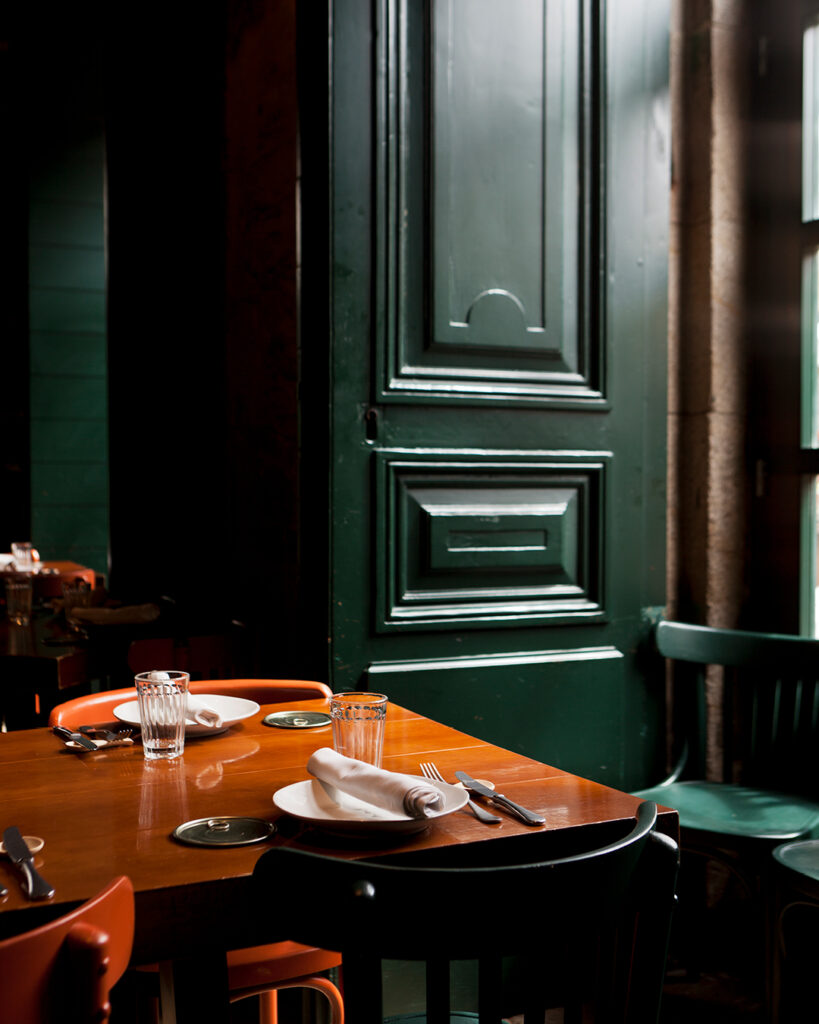In the Spotlight · Iago Pazos
Market cuisine and a twist on traditional, old-fashioned food. This is how chef Iago Pazos has been making a name for himself in the world of cooking and catering, fusing artisanal techniques with contemporary influences to create memorable gastronomic experiences.
With a long career in catering and tourism, Iago Pazos has been a pioneer in the Galician gastronomic scene, opening the Abastos 2.0 tavern in Santiago de Compostela fourteen years ago. Now, with several projects underway, such as A Sede or his most recent opening, A Café, Pazos continues to delight diners with his innovative cuisine, his passion for local produce, both garden and seafood, and Galician traditions.
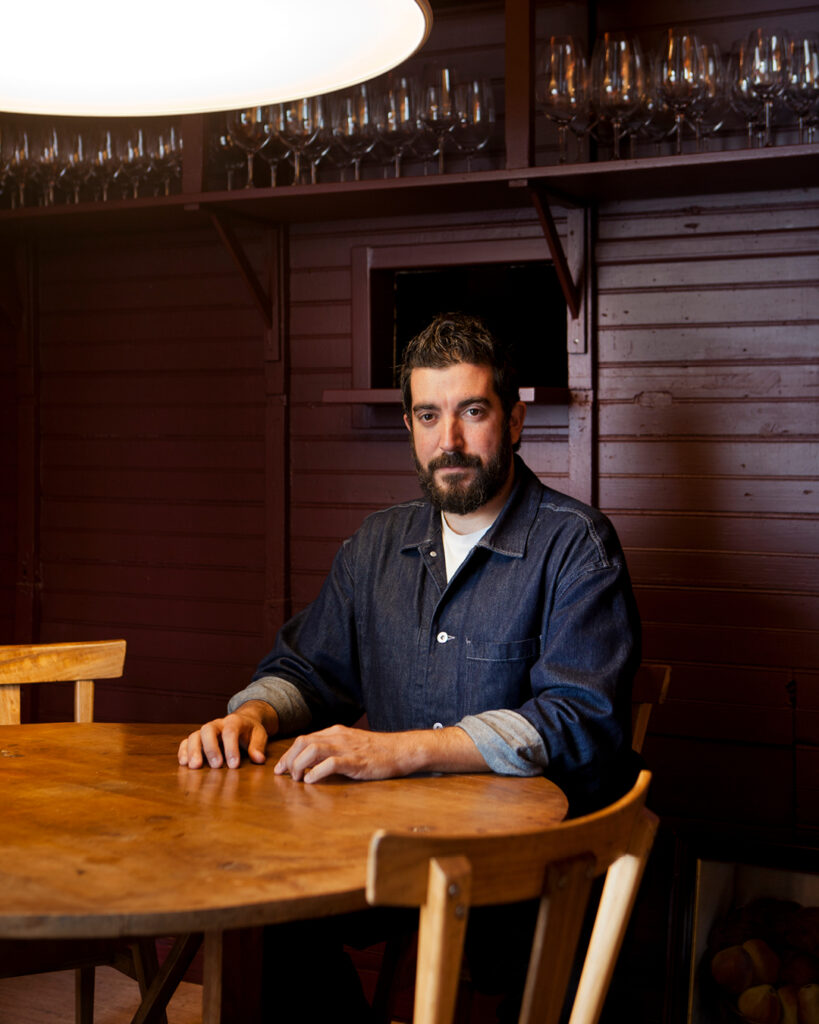
One. Where does your passion for cooking come from? How did you get started in this world?
My passion for cooking originates in the connection with culinary memory, evoking the flavours of my childhood and the aromas that filled the kitchen at home.
Two. What do you think characterises you as a chef?
Common sense. Market cuisine within a market. Proximity and seasonal products.
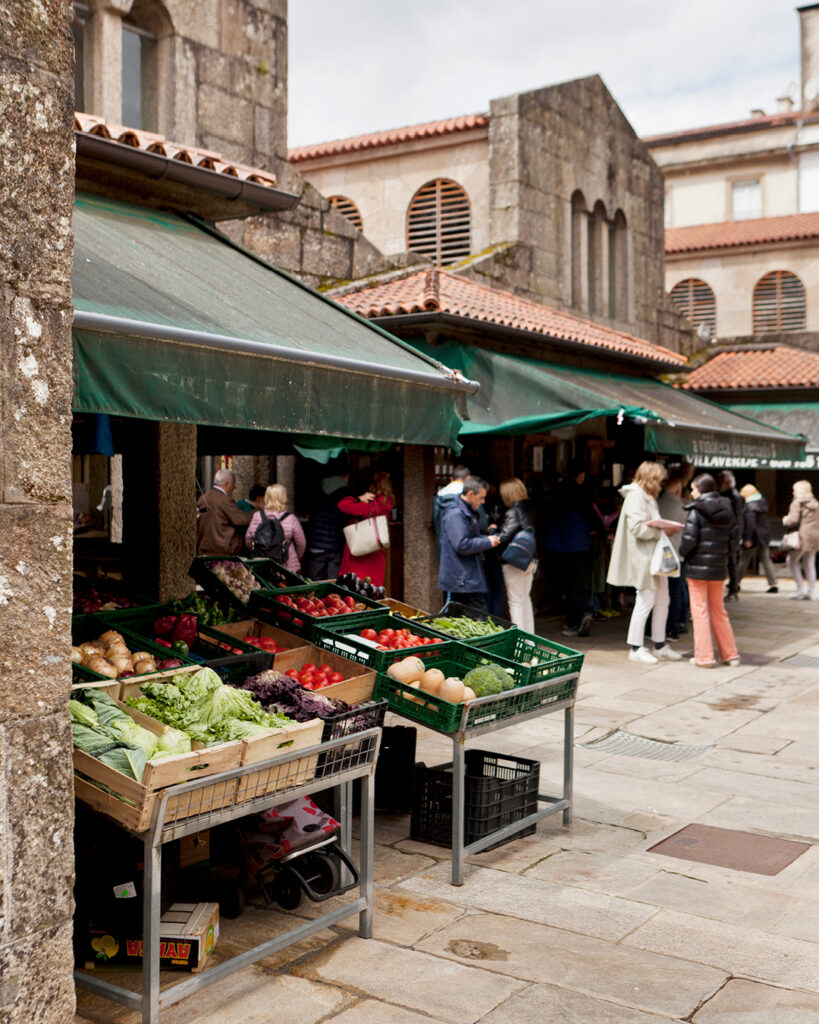
Three. How would you define the gastronomy of Galicia?
As one of the best pantries in the world.
Four. In an interview you said the following: “With the produce we have, from the garden and the sea, it is very difficult to do things badly”. Does the quality of the ingredients carry more weight than a refined and rigorous technique?
For me, in cuisine, if there is technique, it should not be seen. It should not take precedence over the product. The customer should not know whether we use a steam oven or a pot with water to cook an octopus.
That is why we will choose the technique according to many criteria, but above all, according to where we get the greatest respect for the product we are working with.
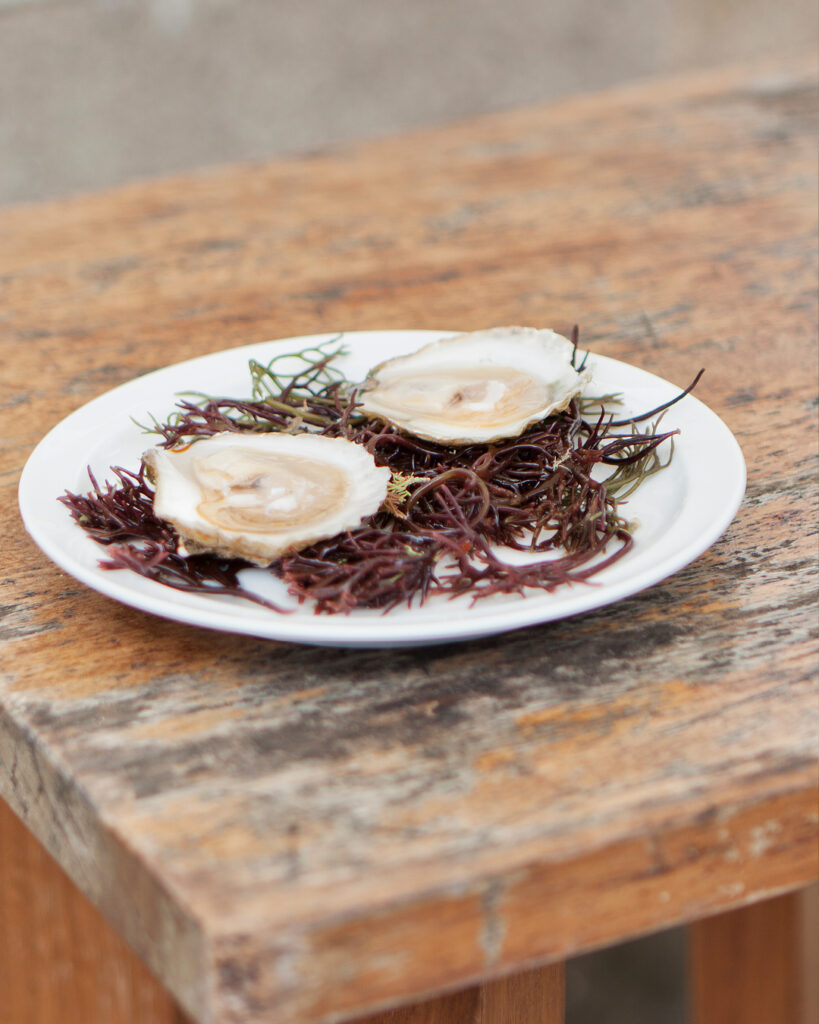
Five. What processes and tools from traditional cuisine have you recovered in your cuisine?
Research and listening. The use of aesthetics and discourse. I’m interested in the tavern language implicit in any Galician restaurant. And in my work, I am committed to updating and preserving it.
Six. Your projects and the a·emotional light collections share a philosophy of craftsmanship and a strong presence of kilometre 0 as a starting point to build an avant-garde vision with a view to the future. To what do you attribute this resurgence of the local, the traditional and the artisan?
In a very short time, the local will be the new exotic. We are living with a constant problem of deculturalisation of gastronomy where the risk of tradition is in danger of extinction. Fortunately, culture and cuisine in Galicia are very strong and very present. But we have to look at them from a contemporary perspective, in today’s context.
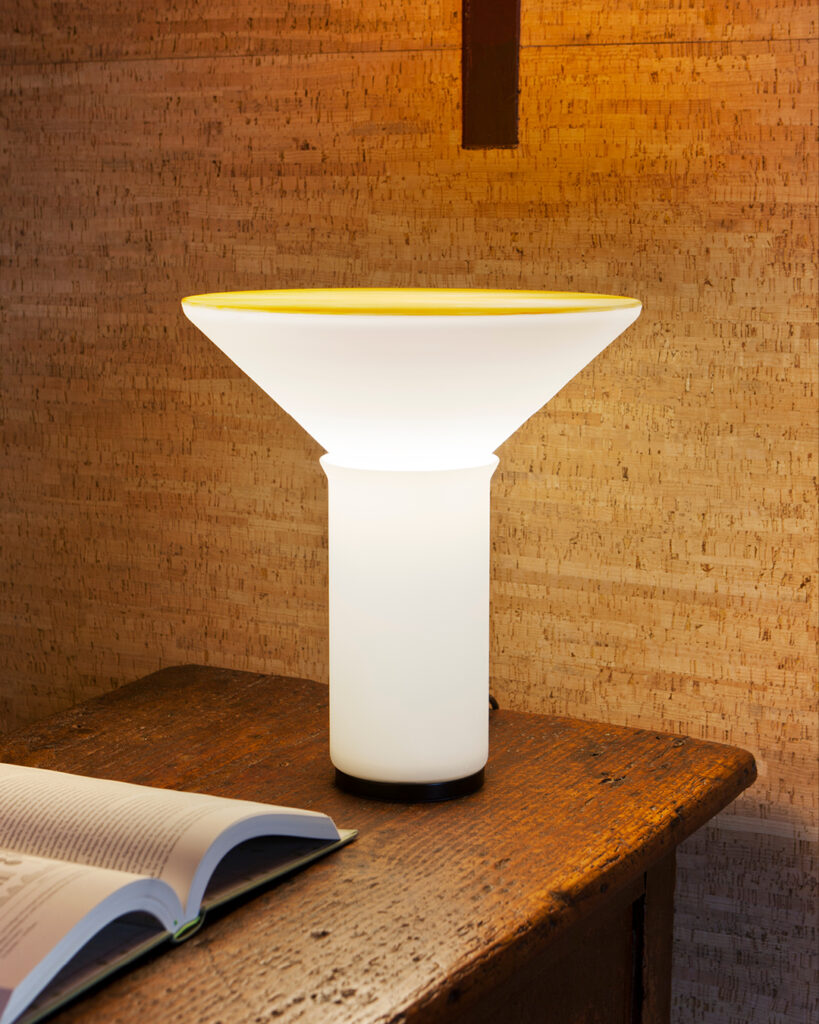
Seven. Is there a relationship between gastronomy and design, and how important is it that interior design also works in favour of what you want to transmit on a gastronomic level?
From my perspective, design and gastronomy share a connection through similar creative processes. From the initial spark of inspiration to the realisation of a philosophy, there is a parallel between the work of a designer and that of a chef.
Although I personally do not consider gastronomy as an art in itself, I do recognise that in both cooking and design we use an artistic language to express our goals in a similar way
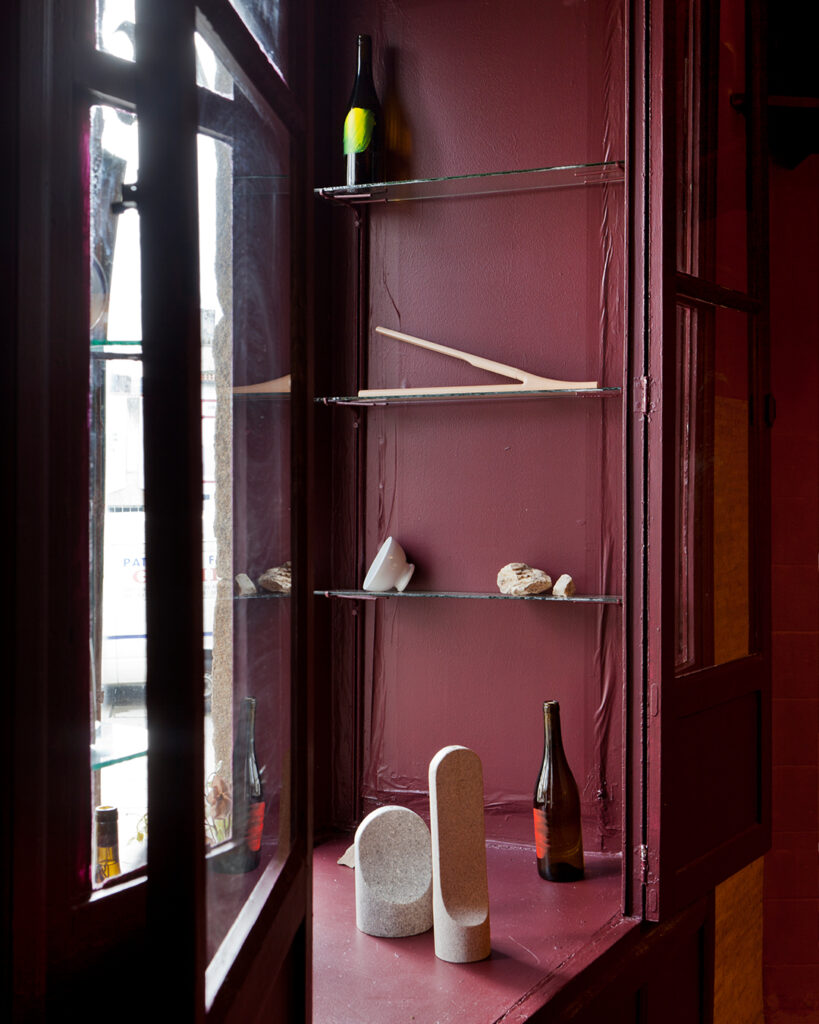
Eight. What has been the response of the people of Santiago de Compostela to the proposal of A Sede, where you have one of our Cabana lamps?
A Sede started out as an office and warehouse space, but its beauty prompted us to renovate it and open it up to the public.
The Cabana lamp illuminates this table that serves as a meeting point: during the day, it is our workplace, where light unites us as a team; at night, it becomes a tasting table. This round vintage table from the 1960s glows in the warm light of the lamp.
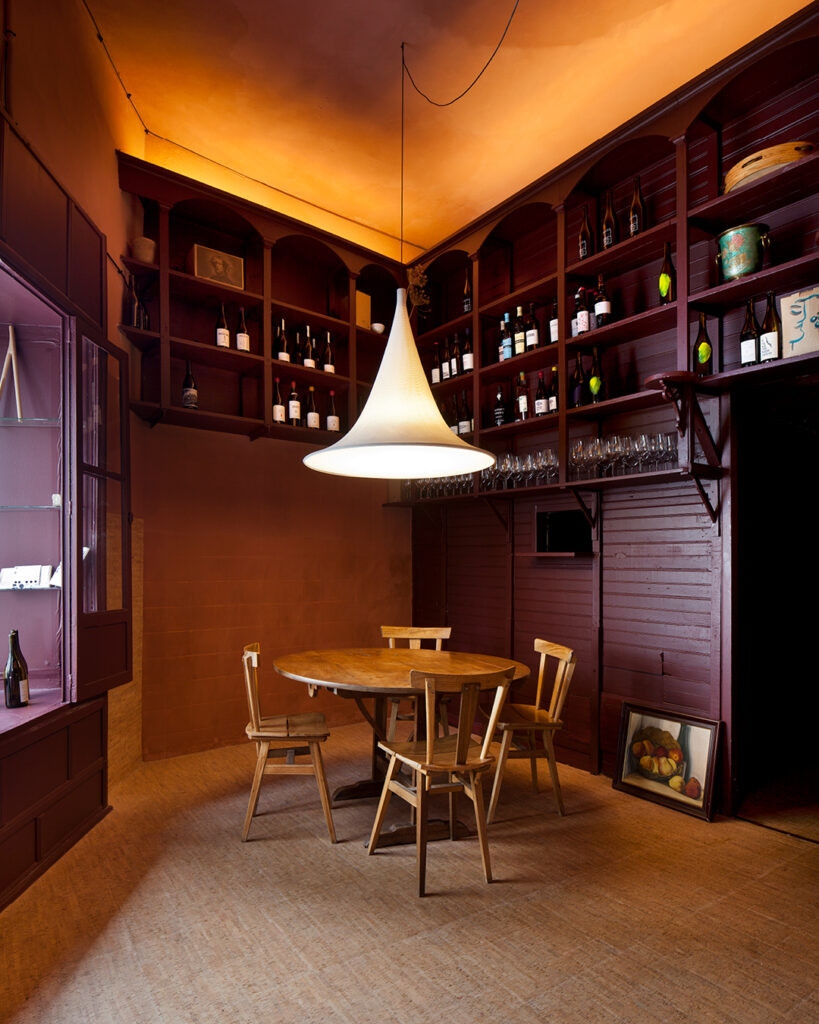
Nine. For your latest A Café project, you decided to use our Nebra collection to light the space. How was the launch?
In A Café, the Nebra lamp is a piece that dresses up this space designed as a workshop, a working area where steel is the protagonist, conveying a characteristic neatness and coldness. However, Nebra brings a warmth that humanises the atmosphere, with its enveloping light focusing on the star of the place: the coffee machine. This lighting helps us to express our identity without distractions, being both a bakery and a local project.
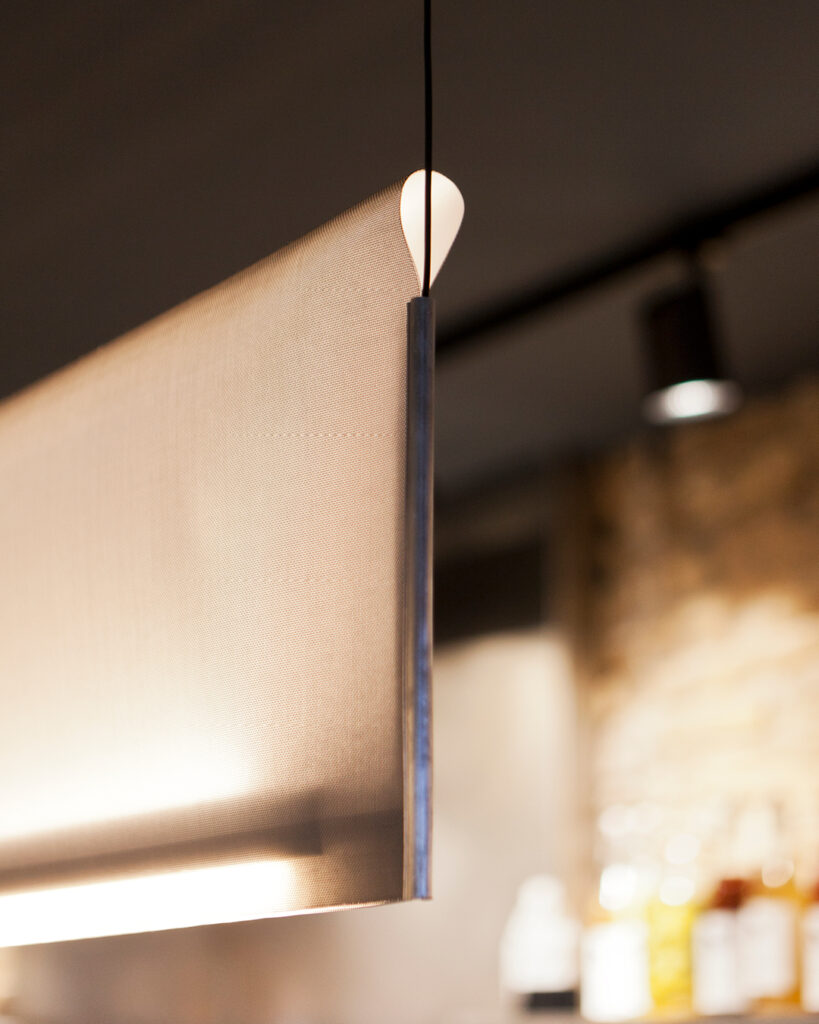
Ten. A flavour that takes you back to your childhood.
Just one? That of my grandmother Adela’s bread omelette, that of steamed mussels or cockles when we were fishing on the beaches of Cabio, that of tomatoes that taste like tomatoes on a summer afternoon, that of noodles with clams…
Eleven. What would your perfect menu be (first course, main course and dessert)?
For starters, good company, for seconds, a friendly place and, for dessert, the lasting memory of that evening.
